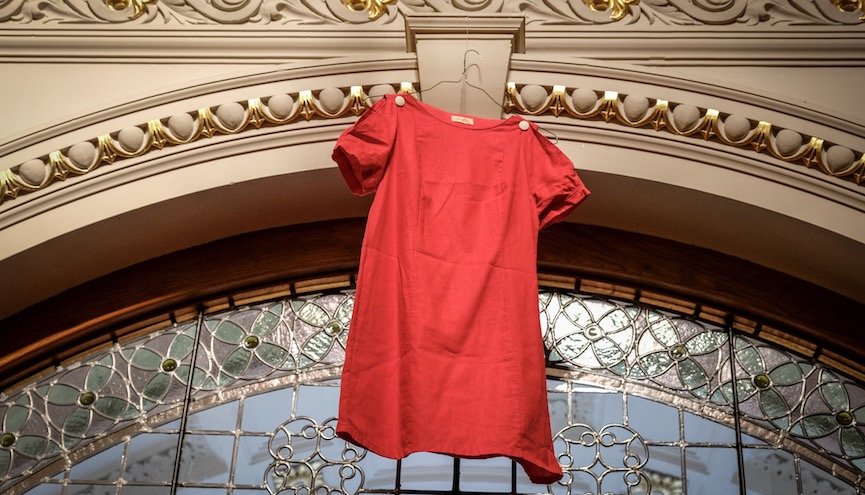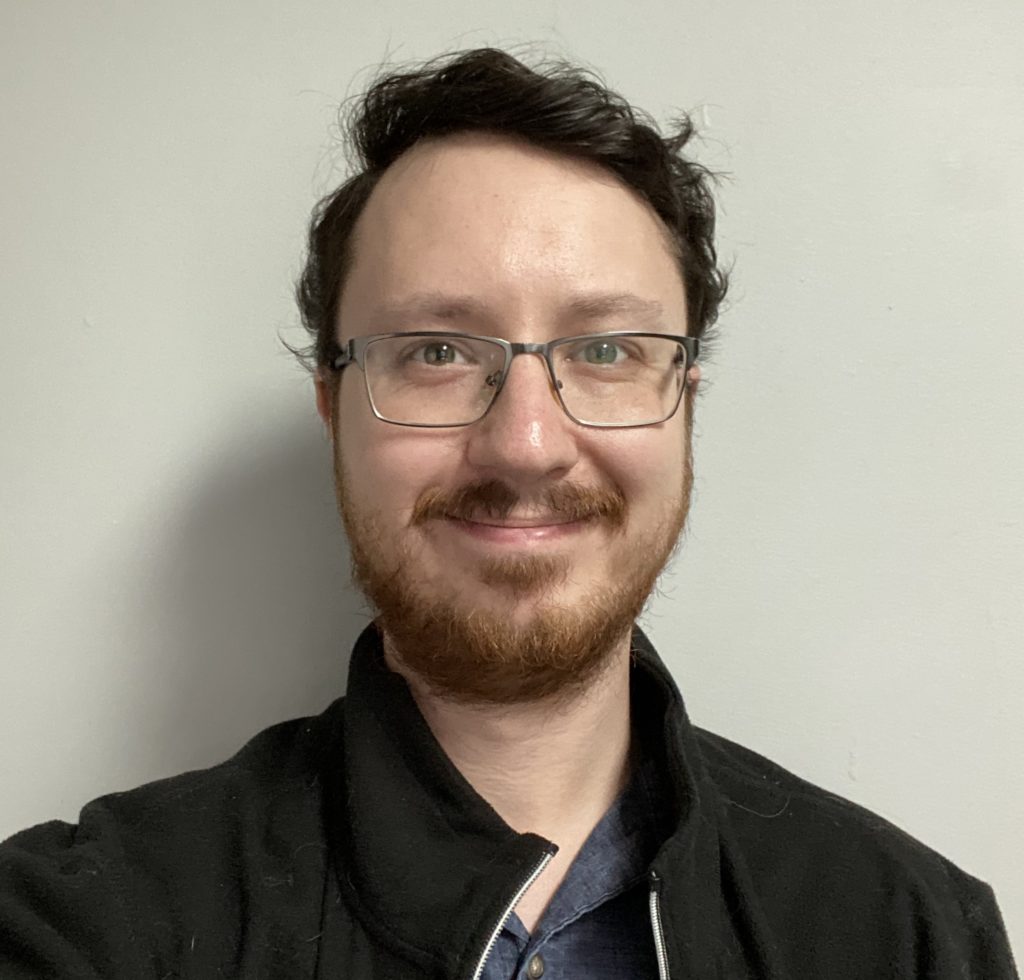It’s no longer up for debate. Canada is guilty of genocide.
The National Inquiry into Missing and Murdered Indigenous Women and Girls has found that Canada has and continues to engage in “race-based genocide.”
The inquiry called to investigate the circumstances surrounding the murder and disappearance of an estimated 1,200 Indigenous women and girls came to its conclusion after hearing from their family members, survivors of violence and expert witnesses, as well as conducting its own independent research.
This was not an academic exercise nor a political tactic, as some pundits in the mainstream press have suggested. The finding that Canada is guilty of genocide is based firmly on the evidence and law.
Canadians should not be shocked.
This is not the first time an inquiry or commission has come to this conclusion. The Truth and Reconciliation Commission into Indian residential schools also found Canada guilty of genocide — cultural, physical, and biological.
Canada is at a crossroads. Yes, an admission of genocide will have political and legal consequences, but that is a small price to pay.
False comparisons to the Holocaust
Canada’s political leaders have long professed a commitment to human rights and Indigenous rights at home and on the international stage. Yet the national inquiry found that it is Canada’s very breach of those rights that have led to genocide.
Various prime ministers have called out grave human rights violations and genocides committed by other states — and rightly so.
Unfortunately, the response of many politicians, journalists and armchair critics to the inquiry’s findings has amounted to denial — and that is precisely how genocide is allowed to continue in plain sight.
Much of the debate among media commentators has focused on false comparisons to the Holocaust. In their minds, if millions did not die within a short time, then it simply cannot be called a genocide.
But in law, the Holocaust is not the standard of what constitutes a genocide.
The Holocaust is one of the worst examples of genocide, but not the only way in a which a systemic, state-sponsored genocide can occur.
Both international law and the United Nations Convention on the Prevention and Punishment of the Crime of Genocide define genocide as a crime that can occur in a variety of forms, and which may or may not involve the mass killing of a targeted group.
The definition of genocide in Article II of the Convention includes killing members of a national, racial or ethnic group — like Indigenous peoples. The definition also covers other acts: causing serious bodily or mental harm; creating the conditions of life to bring about the destruction of a group; preventing births in a group; and the forced transfer of children from the group.
A state need only commit one of these acts to be guilty of genocide. Sadly, Canada is guilty on all these fronts when it comes to its treatment of Indigenous peoples.
Canada’s genocidal past and present
Pre- and post-Confederation governments have engaged in the targeted elimination, dispossession, oppression and violence against Indigenous peoples.
Canadian governments used premeditated acts like the mass distribution of smallpox-infested blankets and placing bounties on scalps to kill off Indigenous peoples. They engaged in policies aimed at starving Indigenous peoples to death to clear the prairies for settlement.
Canadian governments have also engaged in covering up the disproportionate number of deaths of Indigenous peoples in police custody and the over-incarceration of Indigenous peoples to keep them locked up and out of sight.
These acts represent both Canada’s genocidal past and present.
But the unique way in which racism, sexism and misogyny combined with Canada’s Euro-centric white supremacy and colonization objectives targeted Indigenous women and girls in particular.
The very first national police force, the Northwest Mounted Police, worked with Indian agents to withhold food rations for reserve communities in order to extort sex from young Indigenous girls. Indigenous women and girls were targeted for forced sterilizations.
Many of the priests and nuns in residential schools raped, tortured, abused, starved and medically experimented on Indigenous boys and girls. Thousands died as a result under Canada’s “final solution” Indian policy, as Duncan Campbell Scott, the deputy superintendent of Indian Affairs from 1913 to 1932, referred to it.
The Indian Act was also designed to create a legal definition of Indian that would result in the legislative extinction of Indians over time, by targeting Indian women and children for expulsion from their First Nations.
Racism-infected legal and political systems
Fast forward to today, where Canada’s legal, political and social systems continue to be infected with racism against Indigenous women and girls.
Human Rights Watch, for example, has documented numerous reports of RCMP officers raping and beating Indigenous women and girls with impunity. Police officers in Quebec have been investigated for driving Indigenous women out of town and sexually assaulting them. Doctors are still being accused of forced and coerced sterilizations of Indigenous women while social workers steal thousands of babies from Indigenous mothers and put them in foster care.
Incredibly, after 140 years, the Indian Act still targets Indigenous women and their descendants from exclusion from Indian status, membership in their communities, participating in the leadership and governance of their First Nations and from accessing critical human services like food, water and housing.
The only question now should be what will Canada do next?
Prime Minister Justin Trudeau has an opportunity to set the example for the rest of the world by stepping up, accepting responsibility and taking urgent action to address this national crisis.
For this genocide, Canada doesn’t need to send troops to a developing country, or work with allies to defend against a dangerous dictator. It needs to turn its resources inward and work on a national action plan in partnership with Indigenous governments and led by Indigenous women.
That is the response required of Canada right now. Anything less will render Canada an outlaw state deserving of international intervention.
Pamela Palmater is a Mi’kmaw citizen member of Eel River Bar First Nation. She has been practising Indigenous law for 19 years and is currently an associate professor and the Chair in Indigenous Governance at Ryerson University. This blog orginally appeared in NOW Magazine.
Photo: Provice of British Columbia/Flickr



